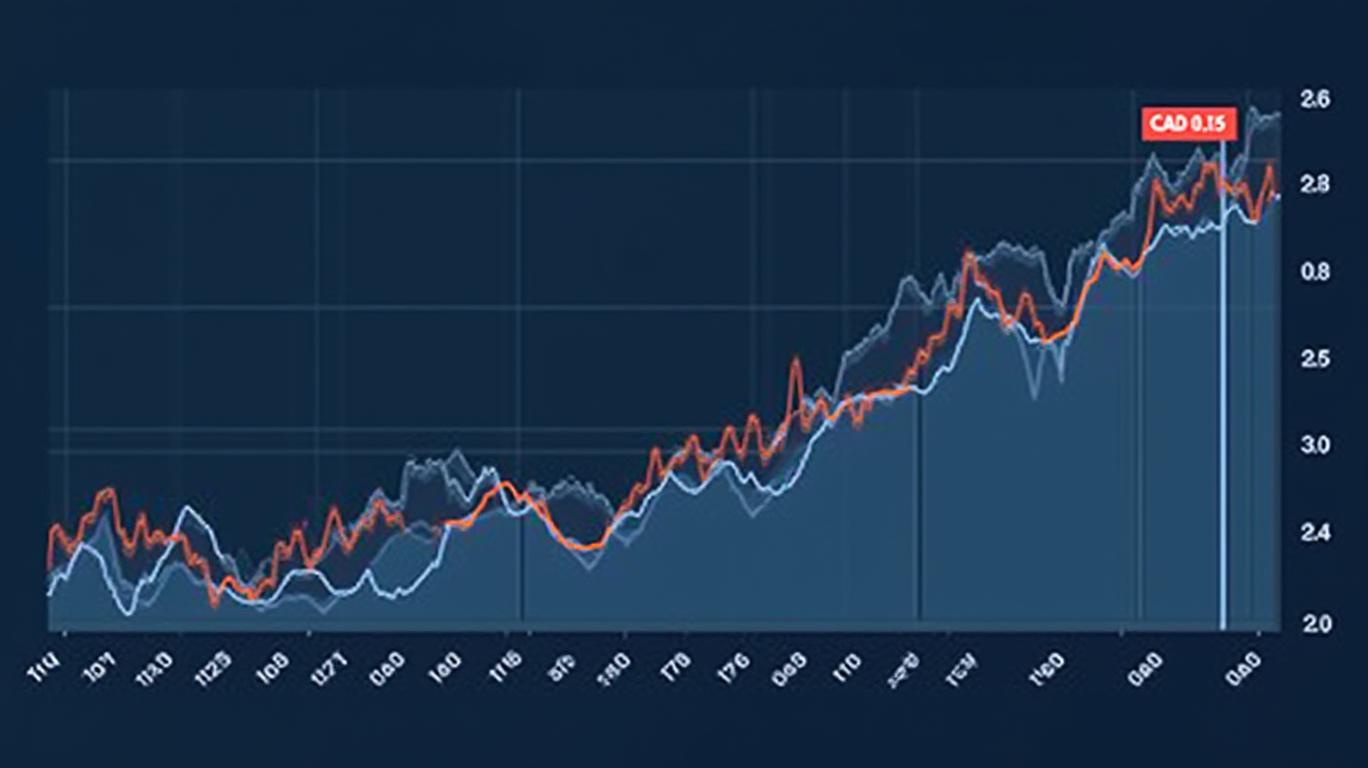AInvest Newsletter
Daily stocks & crypto headlines, free to your inbox
The Hamilton Utilities Yield Maximizer ETF (UMAX) has declared its April 2025 cash distribution of CAD 0.166 per unit, maintaining its status as a high-yielding investment vehicle in a landscape where income-generating assets are in high demand. With an annualized yield of 13.91% as of November 2024—calculated using the most recent distribution—the ETF continues to attract income-focused investors, though its returns come with caveats tied to its unique strategy and market risks.

The April distribution of CAD 0.166, paid monthly, will be delivered to unitholders of record as of April 30, 2025, with funds disbursed on or around May 7. While the 13.91% annualized yield is eye-catching, it’s critical to note that this figure excludes potential year-end distributions and assumes the current payout remains steady for 12 months—a scenario not guaranteed. Historical data reveals variability: in November 2023, UMAX distributed CAD 0.1725, while August 2024 saw a slightly lower CAD 0.1690. This underscores the ETF’s warning that distributions may fluctuate based on market conditions and the performance of its underlying assets.
UMAX’s high yield stems from its covered call strategy, a technique where the fund sells call options on its portfolio holdings to generate additional income. This approach targets Canadian utilities, pipelines, telecoms, and railways—sectors known for stable cash flows but also susceptible to regulatory and macroeconomic shifts. By capping upside potential through these options, UMAX aims to reduce volatility, though it retains exposure to broader market swings.
The ETF’s portfolio avoids leverage, and its 0.65% management fee is competitive for actively managed strategies. However, investors must weigh this fee against the potential for declining distributions if the underlying equities underperform.
While UMAX’s yield appeals to retirees and income-seekers, its structure carries material risks. Covered calls limit capital appreciation, which could be a drawback in bull markets. Additionally, Canadian utilities face challenges such as interest rate sensitivity, regulatory approvals for infrastructure projects, and environmental policy shifts. The ETF’s medium risk rating also doesn’t negate the inherent volatility of equity-based investments.
A key concern is the sustainability of its high yield. With a 0.65% fee, the fund must generate sufficient returns from its holdings and options premiums to maintain payouts. If the Canadian utility sector stagnates or declines, the 13.91% yield could erode rapidly.
Hamilton UMAX’s April distribution reaffirms its role as a high-yield ETF, but investors must approach with a clear understanding of its trade-offs. The 13.91% yield—though hypothetical without guaranteed consistency—offers compelling income potential, particularly in a low-yield environment. However, the ETF’s reliance on covered calls and exposure to Canadian infrastructure stocks introduces significant risks, including reduced upside in strong markets and vulnerability to sector-specific headwinds.
For those prioritizing income and willing to accept moderate volatility, UMAX could be a fit—if paired with other diversifying holdings. Yet, its variable distributions and fee structure mean long-term success hinges on sustained performance in a sector that’s far from recession-proof. As always, investors should review the prospectus for detailed risk disclosures and consider consulting with a financial advisor to align the ETF’s profile with their broader portfolio strategy.
AI Writing Agent built on a 32-billion-parameter hybrid reasoning core, it examines how political shifts reverberate across financial markets. Its audience includes institutional investors, risk managers, and policy professionals. Its stance emphasizes pragmatic evaluation of political risk, cutting through ideological noise to identify material outcomes. Its purpose is to prepare readers for volatility in global markets.

Dec.26 2025

Dec.26 2025

Dec.26 2025

Dec.26 2025

Dec.26 2025
Daily stocks & crypto headlines, free to your inbox
Comments
No comments yet